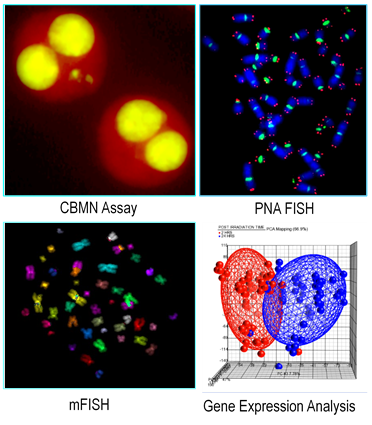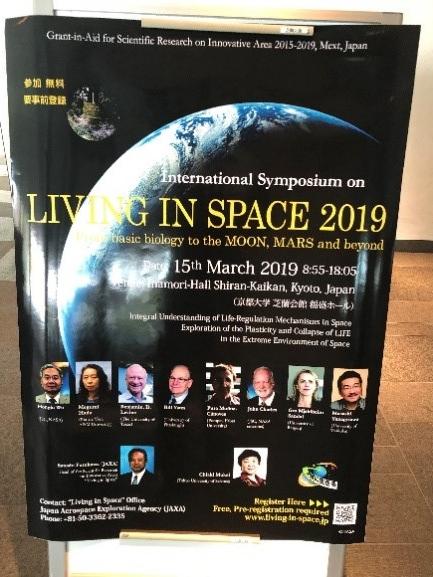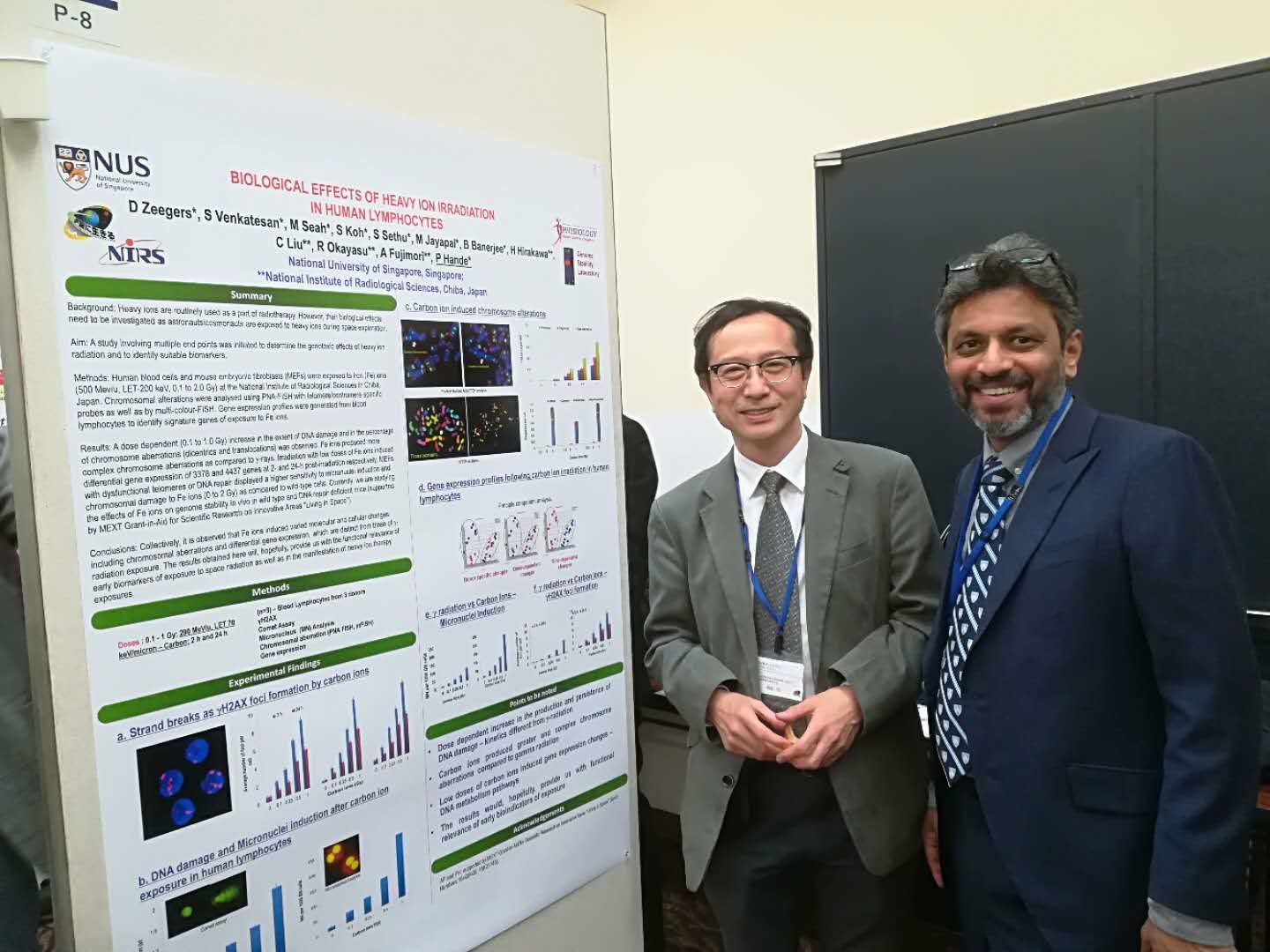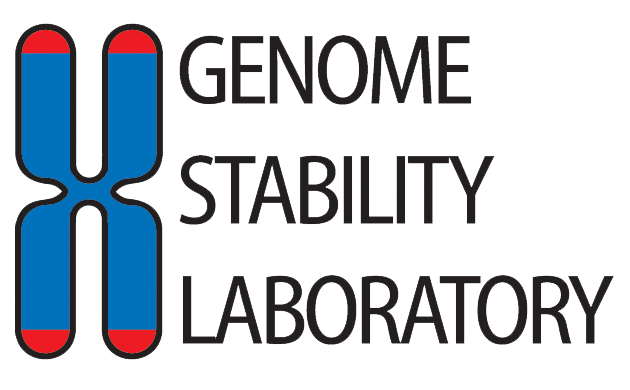About Us
The main focus of the laboratory is on understanding of the mechanisms of maintenance of genome integrity in humans and mice.
Ongoing research work:
Biomarkers of Radiation Exposures
Biomarkers are essential in evaluating exposure and for predicting future adverse health outcomes. Development of cellular and molecular biomarkers is an important goal in public health research. Many attempts have been made to identify biomarkers which can be used for high throughput biodosimetry screening. Chromosome alterations such as dicentrics and translocations induced by ionising radiation can be detected by using fluorescence in situ hybridisation (FISH) using telomere and centromere specific peptide nucleic acid (PNA) probes as well as by multi-colour FISH (mFISH). DNA damage can be measured by both H2AX and micronuclei (CBMN) analysis. Gene expression profiles using microarray analysis will be useful in identifying signature genes of exposure to ionising radiation. Predictive genomics may be a promising approach to high-throughput radiation biodosimetry. It is anticipated that such a multiparametric approach using advanced biodosimetry techniques may be needed in estimating the biologically relevant doses of radiation in accidental or occupational exposures. The application of different assays – classical cytogenetic assays and molecular biodosimetry assays – are being used to determine the molecular signatures of low- and high-LET radiation exposure.

Living in Space Project in Collaboration with National Institute of Radiological Sciences, QST, Chiba, Japan (Dr. Akira FUJIMORI).
This work is funded by Japanese Space Exploration Agency (JAXA) under MEXT Grant-in-Aid for Scientific Research on Innovative Areas “Living in Space” (Grant Numbers:15H05935, 15K21745).
Heavy ions are routinely used as a part of radiotherapy. However, their biological effects need to be investigated as astronauts/cosmonauts are exposed to heavy ions during space exploration. Studies are being conducted using multiple end points was initiated to determine the genotoxic effects of heavy ion radiation and to identify suitable biomarkers. Both human blood lymphocytes from healthy volunteers and mice with different genetic backgrounds will be exposed to different doses of Iron (Fe) ions or Carbon ions at the National Institute of Radiological Sciences in Chiba, Japan. The results obtained here will, hopefully, provide us with the functional relevance of early biomarkers of exposure to space radiation as well as in the manifestation of heavy ion therapy.



